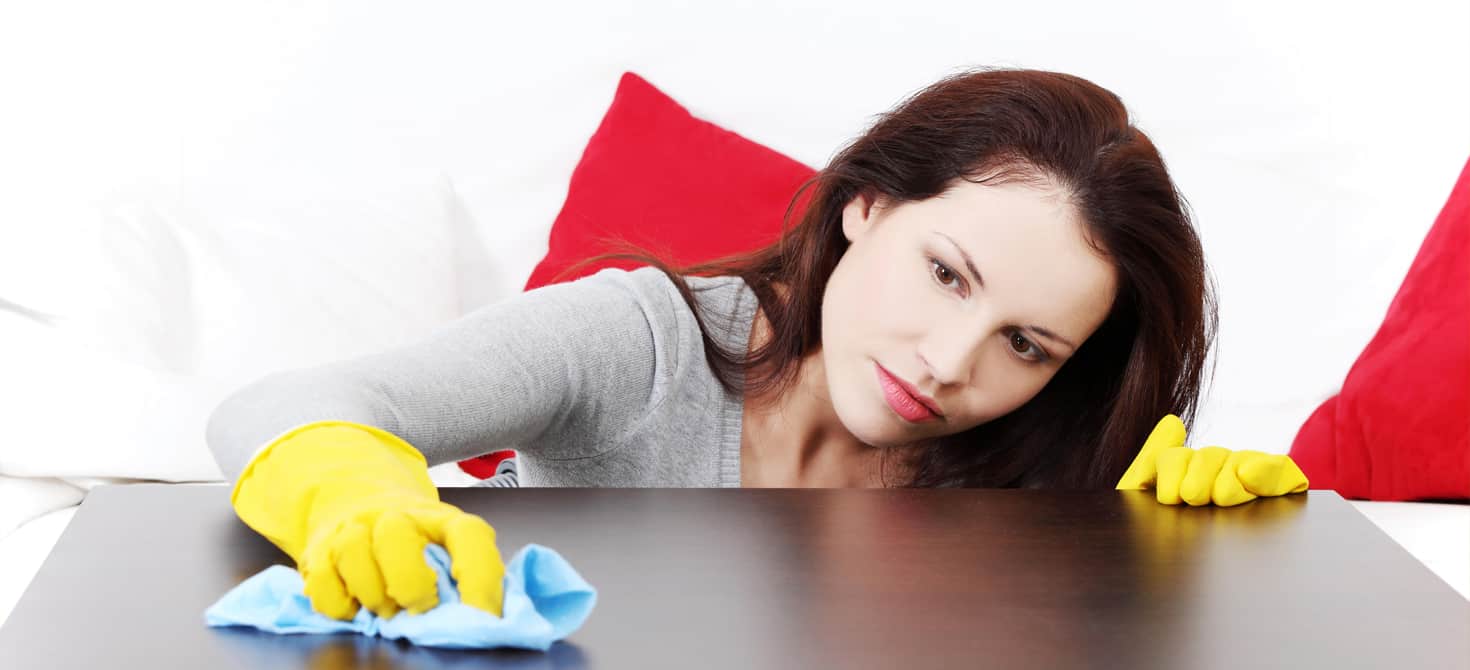
The plastic laminate is commonly used by Tavolisedie.com for the realization of various tables that constitute our commercial proposal; these are panels obtained with the help of various elements deriving from the processing of wood, such as chips, resins, powders and wood fibres.
These elements undergo a die-casting process, from which different types of laminate originate. The final coating of the plastic laminate is made of a thin sheet of aluminium oxide or melamine resin; the surface that characterizes the coating sheet of the plastic laminate, can be subjected to different types of finishing, which can make the surface opaque, glossy, satin, or even screen-printed.
Sometimes the covering sheet can be decorated with a particular wood effect or alternatively marble effect, making the laminate absolutely similar to the materials to be imitated with this type of laminate.
The plastic laminate, thanks to its manufacturing process, is an extremely compact and resistant structure, and sometimes even preferable to wood, for the realization of the surface of a table.
Plastic laminate is optimally resistant to wear and tear and to the action of external agents; table surfaces made with the help of laminate do not change colour when exposed to the UV rays of sunlight for a long time. Another advantage of plastic laminate is that it is a material that does not require extensive and important maintenance.
Advice on cleaning laminate surfaces
Today we will provide you with practical tips for cleaning plastic laminate surfaces. The maintenance and cleaning of the plastic laminate, as mentioned in the previous paragraph, is extremely simple; unlike other materials characterised by complex maintenance, such as terracotta for example, the maintenance of the plastic laminate will not change, regardless of whether the material has just been laid or whether the furniture or the surface has been used for many years.
The simplicity of cleaning and maintenance depends in particular on the protective coating of this material: the thin plastic sheet that protects the surface from shocks, scratches and abrasions; thanks to the protective sheet, the plastic laminate remains unchanged over time, greatly simplifying ordinary and extraordinary cleaning and maintenance operations.
How to clean the opaque, glossy, satin and brushed plastic laminate

The cleaning of the plastic laminate surfaces involves minimum effort; this material is in fact specially made to resist for a long time. The only precautions you have to consider when cleaning laminated plastic surfaces, regardless of the external finish of the panel you have to clean, are essentially two:
- It is advisable to avoid using products based on ammonia, because they will certainly develop an action that dulls the surface;
- It is advisable to avoid wetting the surface excessively during cleaning: although it is resistant to humidity, excess water could cause stagnation and consequent infiltration, potentially damaging the plastic laminate surface.
Before proceeding with the cleaning of the plastic laminate surface, it is advisable to remove the layer of dust that has accumulated, using a static dry cloth or a simple nylon sock.
Once the layer of dust has been removed, for the daily cleaning of a plastic laminate surface, you can easily wipe it with a simple damp cloth well wrung out, to act against dirt.
You can also use a solution consisting of three litres of water, a quarter glass of vinegar, and finally two tablespoons of alcohol.
Soak a small microfibre cloth in this solution, wring it out carefully and finally pass it over the laminate surface to make it shine again.
Thorough cleaning of plastic laminate surfaces
For a more accurate cleaning of a plastic laminate surface, you can apply a common detergent with neutral pH; in this way you can thoroughly remove dirt and repair any surface scratches on the laminate.
Removing stains on the plastic laminate
If the plastic laminate surface of your kitchen or office table is affected by a stain that is particularly difficult to remove, for extraordinary cleaning and maintenance, you will have to act according to the different nature of the stain: for the classic black trail caused by the action of cigarette ash, in this case you can use a cloth slightly soaked in alcohol to eliminate the effect of the stain.
In the case of more stubborn stains, for example caused by the action of red wine, or chocolate, you can use a damp cloth soaked in a solution composed of water and neutral detergent, carefully wrung out.
If, during the whitening phases of your home, paint has fallen on the plastic laminate surface of your table, you can use acetone to remove it effectively.
Finally, if your children have given vent to their imagination by painting the surface of your laminated plastic table with wax crayons, in this case the best solution is to apply a few sheets of absorbent paper on the stain and then pass the hot iron over the sheets, allowing the wax to melt and let it be absorbed by the paper.
What not to do when cleaning the laminate
Here is what you absolutely must not do when cleaning the plastic laminate surface of your table.
Absolutely avoid, as mentioned above, the use of excessive water: for this purpose you will need to use cloths for cleaning, always carefully wrung out properly. Also avoid throwing water directly on the surface of your table.
Never use excessively hot or boiling water and absolutely avoid cleaning using steam.
There are also a number of products that should not be used to clean laminate surfaces; you should not use all ammonia-based products and bleach-based products.
The use of abrasive sponges must be avoided during cleaning. Also avoid the use of soap paste, wax or other types of polishes, since they will form a surface that will naturally attract dust, which will accumulate on the surface.
